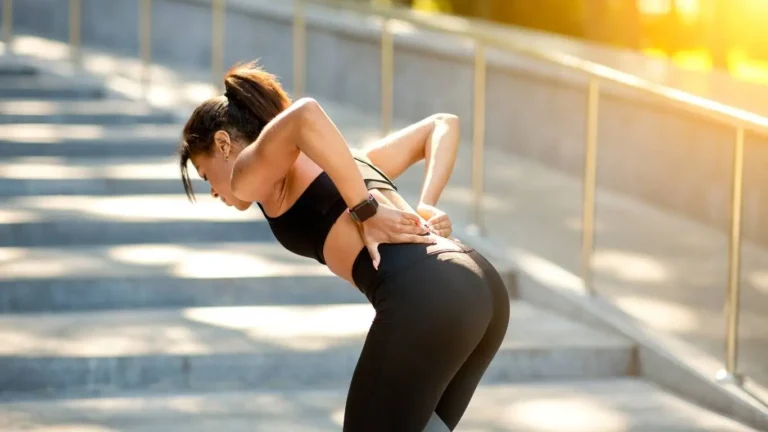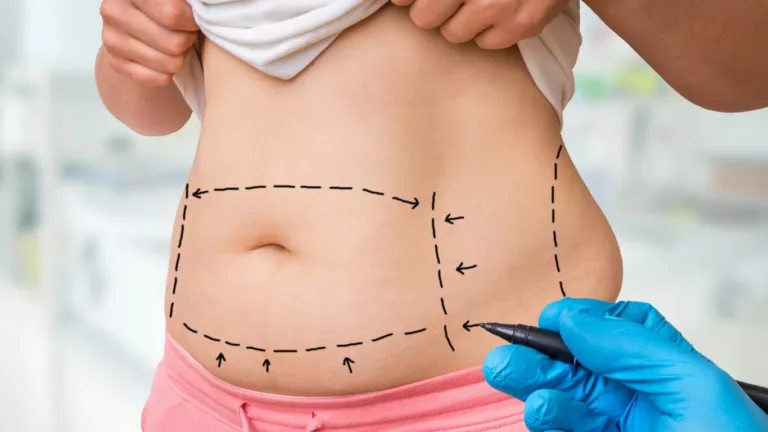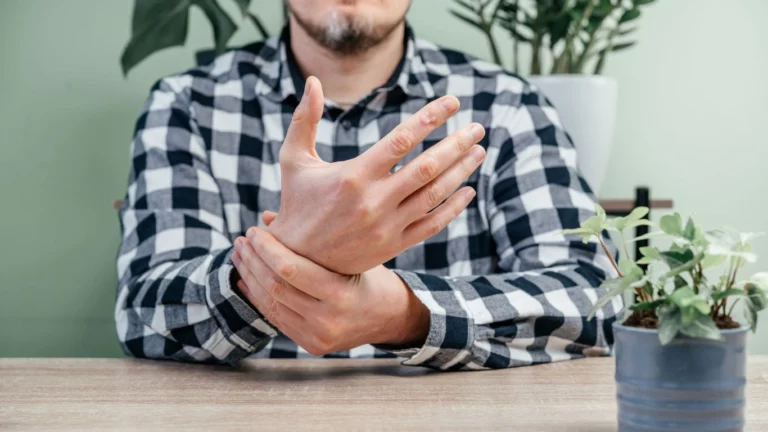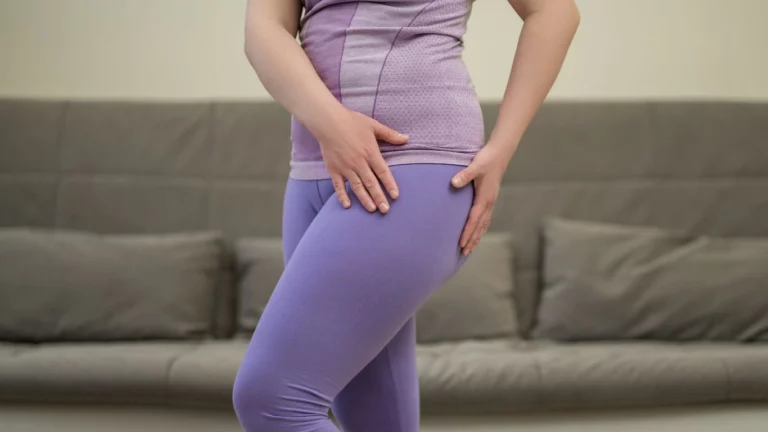Does Liposuction Hurt? Understanding the Pain Factors
Explore the pain levels associated with liposuction. Learn about anesthesia options, recovery experiences, and pain management strategies in our comprehensive guide.
Liposuction, a popular cosmetic procedure aimed at removing excess fat, raises questions regarding pain and discomfort during and after the operation. Understanding the factors that influence pain levels can help individuals make informed decisions about undergoing liposuction. This article delves into the pain experience associated with liposuction, the types of anesthesia used, and strategies for effective pain management during recovery.

What Factors Influence Pain Levels in Liposuction?
Pain perception during and after liposuction can vary significantly among individuals. Several factors contribute to this variability, each playing a crucial role in the overall experience of the procedure.
1. Type of Anesthesia Used
The choice of anesthesia is one of the most significant factors influencing pain levels during liposuction. The two primary types are:
Local Anesthesia
Local anesthesia is often used for smaller, targeted areas of the body. This technique numbs only the specific region being treated, allowing the patient to remain awake and alert during the procedure. Patients may feel some pressure or movement, but the pain is generally minimal. The primary advantage of local anesthesia is that it allows for quicker recovery times, as patients are not deeply sedated. However, the effectiveness of local anesthesia can vary; some individuals may still experience discomfort, especially if the procedure is extensive or involves intricate techniques.
General Anesthesia
For more extensive liposuction procedures, general anesthesia may be administered, rendering the patient completely unconscious throughout the surgery. This method typically results in a more comfortable experience during the procedure, as the patient does not feel any pain or pressure. However, once the anesthesia wears off, patients may experience significant discomfort as the effects dissipate. General anesthesia can also lead to increased recovery time and may require additional monitoring post-operatively.
The choice between local and general anesthesia often depends on the extent of the liposuction being performed and the patient’s overall health and comfort levels. A thorough discussion with the surgeon about the best anesthesia option is essential for tailoring the experience to individual needs.
2. Extent of the Procedure
The amount of fat removed and the areas treated can also significantly affect pain levels. Larger procedures that involve multiple areas of the body typically result in more pain and discomfort post-operatively compared to smaller, localized treatments. The trauma inflicted on the body during extensive liposuction can lead to increased swelling and bruising, which are common contributors to pain during the recovery phase.
For instance, a patient undergoing abdominal liposuction may experience different pain levels compared to someone receiving treatment on just the thighs. Additionally, the recovery period may vary; more extensive procedures generally require longer healing times and can involve more pronounced post-operative discomfort.
Surgeons often assess the patient’s pain management needs based on the anticipated extent of the procedure, allowing for more personalized post-operative care.
3. Individual Pain Tolerance
Personal pain tolerance is another critical factor influencing the pain experience during liposuction. Each individual’s threshold for discomfort varies widely due to a combination of physiological, psychological, and situational factors. Some patients report a higher tolerance for discomfort, managing well with minimal pain relief, while others may find the pain more challenging to cope with.
Psychological factors, including anxiety and stress levels prior to surgery, can also play a role in how pain is perceived. Patients who are more anxious may report higher pain levels, even if the actual physical discomfort is similar to that experienced by less anxious individuals. Therefore, a pre-operative consultation that addresses emotional and psychological readiness can be beneficial in setting realistic expectations for pain management.

Post-Operative Pain Management Strategies
After the procedure, effective pain management is essential for a smooth recovery. Here are some common strategies:
1. Medications
Doctors typically prescribe pain medications to help manage discomfort. Common options include:
- Over-the-Counter Pain Relievers: Ibuprofen or acetaminophen can be effective for mild pain and are often recommended for initial post-operative care.
- Prescription Painkillers: For more intense pain, stronger medications may be prescribed for a short duration. These are usually provided for the initial days following surgery when pain levels are expected to be at their peak.
2. Compression Garments
Wearing compression garments helps reduce swelling and provides support to the treated areas. This can alleviate some discomfort associated with recovery by stabilizing the skin and tissues, promoting better circulation, and minimizing the potential for fluid accumulation.
3. Rest and Recovery
Adequate rest is vital for healing. Patients are advised to limit physical activity for a few weeks post-surgery to promote recovery and minimize pain. Engaging in light activities, such as walking, can aid in circulation and reduce the risk of complications, but strenuous activities should be avoided until cleared by a healthcare provider.

Considerations and Precautions
While liposuction can be an effective body contouring method, individuals should be aware of several important considerations:
1. Consult with a Qualified Surgeon
Choosing an experienced, board-certified surgeon can significantly impact both the procedure’s outcomes and pain management strategies. Discuss pain expectations and management plans during the consultation to ensure a tailored approach.
2. Individualized Pain Management Plans
Every patient’s experience is unique. It’s crucial to communicate openly with the healthcare team about pain levels and concerns, allowing for adjustments to pain management strategies as needed. This individualized approach ensures that each patient’s recovery is as comfortable as possible.
3. Monitor for Complications
While some pain is expected, severe or worsening pain may indicate complications. Patients should be vigilant about post-operative symptoms, including excessive swelling, unusual bruising, or fever, and consult their surgeon if any concerns arise. Early detection of complications can lead to prompt interventions, ensuring a smoother recovery process.
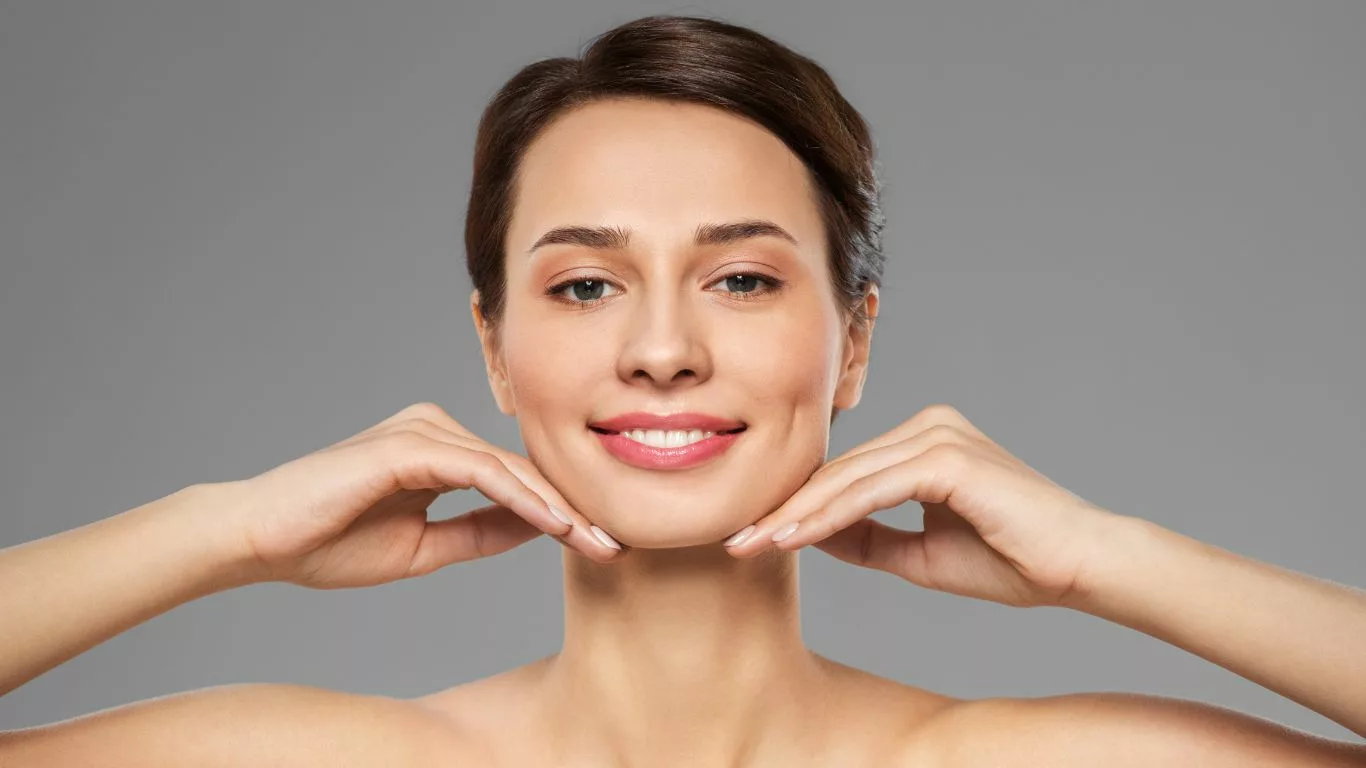
Conclusion
Understanding the pain associated with liposuction is crucial for those considering the procedure. While some discomfort is expected, factors such as anesthesia type, procedure extent, and individual pain tolerance play significant roles. Effective pain management strategies can help enhance recovery and comfort. By consulting with qualified professionals and following post-operative care guidelines, patients can better navigate their liposuction journey.
Appendices
References
For a deeper understanding of pain management in liposuction, consider the following references:
- American Society of Plastic Surgeons. (2023). Liposuction: Risks and Recovery. Read Article
- Sforza, C., & Rizzo, A. (2020). Pain Management in Plastic Surgery: An Overview. Aesthetic Surgery Journal, 40(3), 282-291. Read Article
- National Institutes of Health (NIH). (2023). Understanding Anesthesia and Its Impact on Recovery. Read Article
FAQs
Here are some frequently asked questions about pain associated with liposuction:
- Is liposuction painful?
Pain levels vary, but most patients report manageable discomfort, especially with appropriate anesthesia and pain management. - How long does pain last after liposuction?
Post-operative pain typically peaks within the first few days and gradually decreases over the following weeks. - Can I manage pain without medication?
While some individuals may prefer non-medication approaches like ice packs and rest, pain medications can provide significant relief for most patients.
Related Table
Here’s a summary table of key information regarding pain management in liposuction:
| Aspect | Information |
|---|---|
| Anesthesia Options | Local or general anesthesia |
| Pain Duration | Peaks in 1-3 days, decreases over weeks |
| Pain Management Strategies | Medications, compression garments, rest |
Note: Individual responses to pain management strategies may vary, and it’s important to consult with a healthcare provider for personalized advice.
Disclaimer: The information provided in this article is for educational and informational purposes only. It is not intended to be a substitute for professional medical advice, diagnosis, or treatment. Always seek the advice of your physician or other qualified health provider with any questions you may have regarding a medical condition.
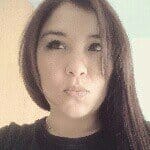
Camellia Wulansari is a dedicated Medical Assistant at a local clinic and a passionate health writer at Healthusias.com. With years of hands-on experience in patient care and a deep interest in preventive medicine, she bridges the gap between clinical knowledge and accessible health information. Camellia specializes in writing about digestive health, chronic conditions like GERD and hypertension, respiratory issues, and autoimmune diseases, aiming to empower readers with practical, easy-to-understand insights. When she’s not assisting patients or writing, you’ll find her enjoying quiet mornings with coffee and a medical journal in hand—or jamming to her favorite metal band, Lamb of God.


